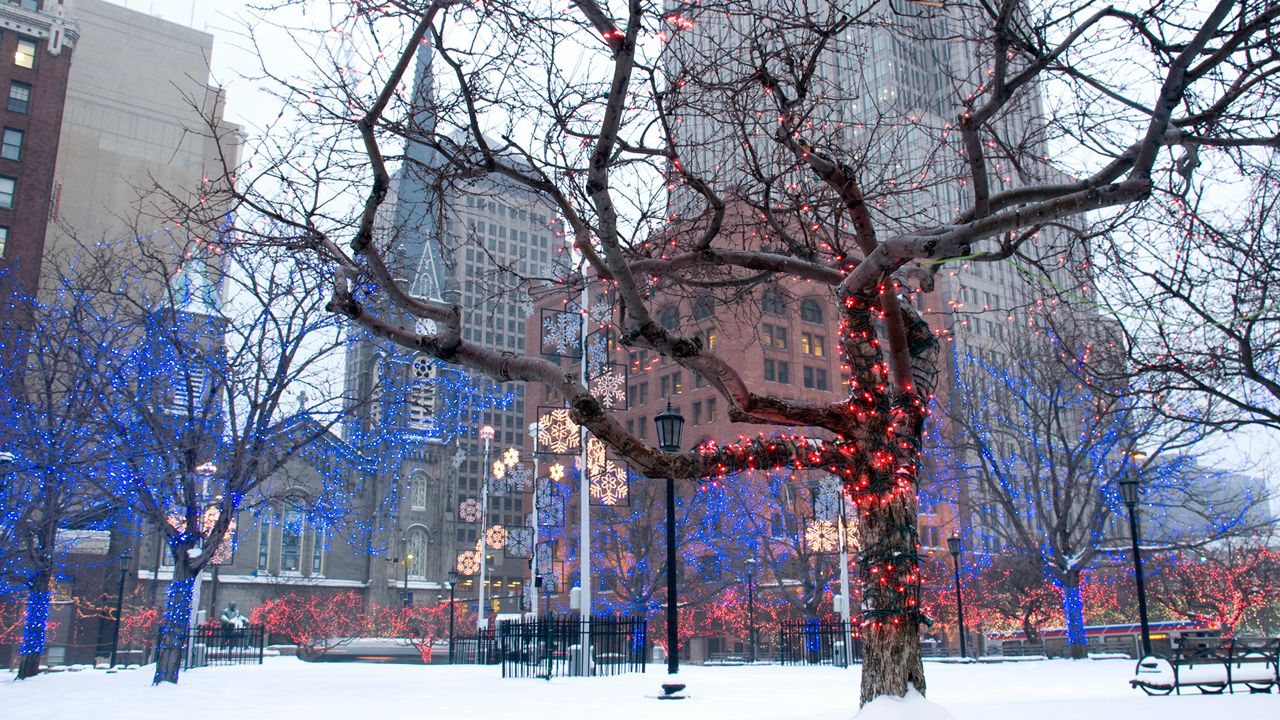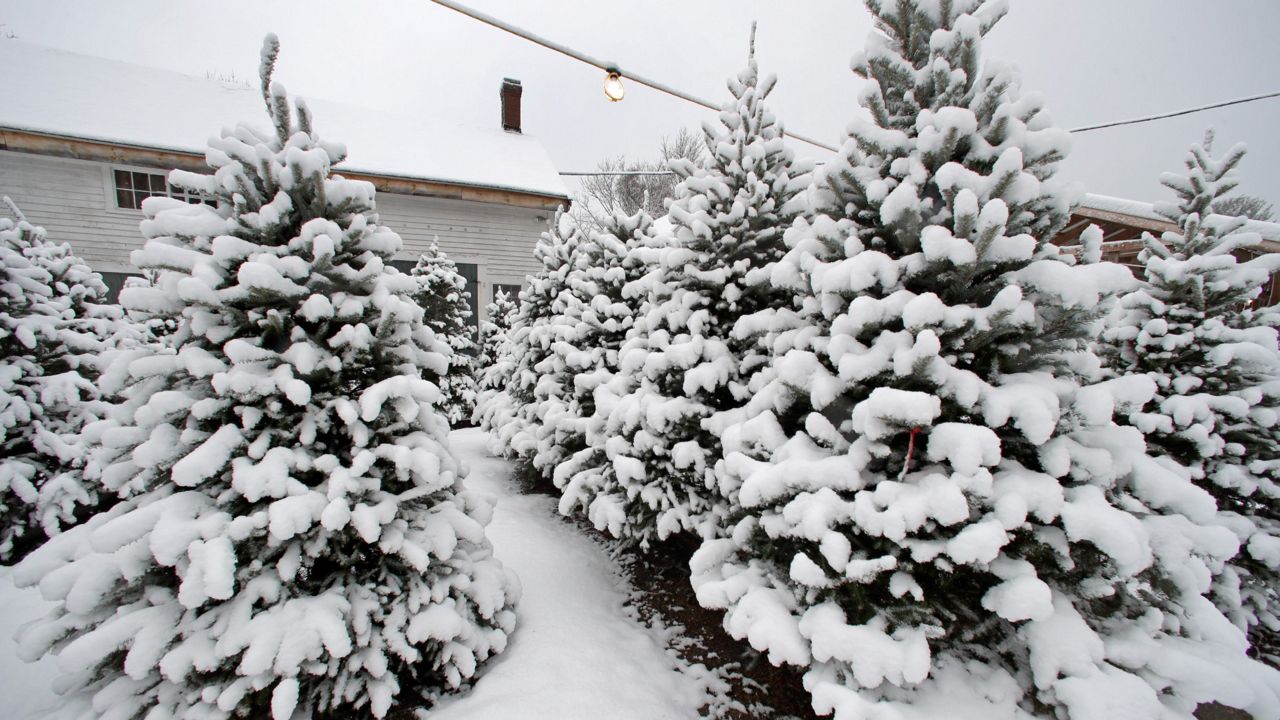Your historical odds of a white Christmas may have changed in 2021. Every 10 years, NOAA releases new 30-year climate normals for temperatures and precipitation, and the 1991-2020 update shifted the map a bit.
First off, what exactly is a "white Christmas"?
The official climate definition requires at least one inch of snow on the ground on Christmas Day. It doesn’t matter if it fell that morning or a month before.
Remember that the maps show the historical chances of a white Christmas and are not a prediction for a particular year. So, if a place has a 30% chance of a white Christmas, nine out of the 30 years (or three out of every 10 years) met the definition above.
In general, there aren’t any surprises. The northern U.S. and mountains have the highest chances in a given year, while areas farther south are the lowest.
Check out the interactive map below to explore the country. You can hit a dot to see that city's numbers.
How do the odds for the 1991-2020 climate normals compare to the 1981-2010 normals? The odds didn’t change a lot, but notice that the low-percentage changes expanded a little more than the high-percentage chances. The slider below helps show the differences.
That’s a reasonable question to ask, but this map doesn’t show climate changes as well as other information does.
The climate scientists at NOAA point out that 20 of the 30 years in the climate normals are the same as before, so any differences are considered small compared to a longer-range look. Also, the chances of snow on the ground in a particular city on a particular date in late December since that often depends on individual weather systems, and many places still often have below-freezing days around Christmas, even if they have a clear warming trend.
Climate Central found that the 12 Days of Christmas (Dec. 25 to Jan. 5) have warmed at least one degree since 1969 in almost all the cities they studied. A full 75% of the locations have an average temperature that’s warmed three degrees in that time.
Since each year is unique, you'll need to check your local forecast to see what this year's holiday has in store.
Justin Gehrts - Senior Weather Producer
Justin Gehrts is a senior weather producer for Spectrum News. He has well over a decade of experience forecasting and communicating weather information. Gehrts began his career in 2008 and has been recognized as a Certified Broadcast Meteorologist by the American Meteorological Society since 2010.










